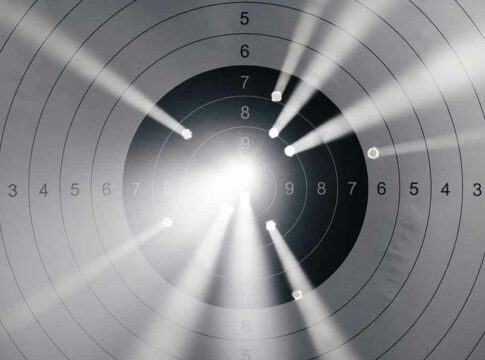A neighborhood crab feast turned into a homicide scene—another tragic reminder of how soft-on-crime policies leave families exposed while the shooter remains on the loose.
Police Confirm Mass Shooting Details And Fatality
Baltimore Police responded just before 9 p.m. on Saturday, August 9, 2025, to reports of multiple gunshots near Spaulding and Queensberry Avenues in Northwest Baltimore, where officers found six victims at an outdoor gathering. A 38-year-old man, initially listed in critical condition, died after surgery early Sunday, elevating the case to a homicide. The surviving victims include a 5-year-old girl with a hand wound, a 23-year-old woman, and three men ages 32, 33, and 52.
Commissioner Richard Worley said people were gathered outside eating crabs when someone suddenly opened fire, scattering neighbors and leaving limited immediate suspect information. Police reported they had “little information” to share publicly on a suspect or motive by Sunday. Investigators urged residents with tips to contact the Homicide Unit or Metro Crime Stoppers as detectives canvassed the area for witnesses, security footage, and ballistic evidence to identify the assailant and reconstruct the timeline.
Location, Timing, And Victim Profile
The incident unfolded around 8:45–8:50 p.m., a summer evening window when families were congregating outside near the intersection of Spaulding Avenue and Queensberry Avenue. Victims were struck across a small outdoor area consistent with a porch or yard gathering. Authorities stated the child’s injury was not considered life-threatening, while the adult survivors were expected to recover. The fatality transformed the case dynamics, moving investigative control to the homicide unit and concentrating resources on motive, method, and shooter identification.
Local outlets uniformly described the event as a mass shooting, consistent with standard classification for incidents with four or more victims. Officials have not released any suspect description, identified a weapon, or linked the shooting to gang activity or retaliation. With no arrests or established motive, police emphasized community cooperation. Tip-line numbers varied across outlets because of differing BPD contact points for major crimes; residents were encouraged to use official homicide numbers or Metro Crime Stoppers for the most direct channel.
What This Means For Community Safety And Accountability
Neighborhoods deserve basic security to sit on a porch without ducking gunfire, yet repeat offenders and lax prosecution too often keep violence cycling back onto the streets. While Baltimore police increased presence and evidence collection in Park Heights, trust hinges on closing cases quickly and transparently. This incident will likely prompt targeted patrols and renewed debate over proven tools—tough-on-crime enforcement, court accountability, and community cooperation—to deter copycat attacks and restore stability.
Families across America see a familiar pattern: law-abiding residents bear the burden while criminals exploit gaps in enforcement. Conservatives argue that prioritizing victims means backing police, ending revolving-door justice, and insisting on consequences that fit violent offenses. As detectives pursue leads—ballistics, cameras, and witness accounts—residents can help by sharing credible information. Protecting children on their own block begins with removing dangerous actors and rejecting policies that excuse repeat violence.
Sources:
1. 1 dead, 5 injured in Baltimore mass shooting
2. 1 dead, 5 wounded, including 5-year-old girl, in Baltimore ‘mass shooting’: Police
3. Mass shooting in North Baltimore leaves six wounded; homicide assumes control; tip lines
4. Baltimore City Police investigate Queensberry Ave and Spaulding Avenue shooting
5. Baltimore City Police investigation in North Baltimore after shooting

